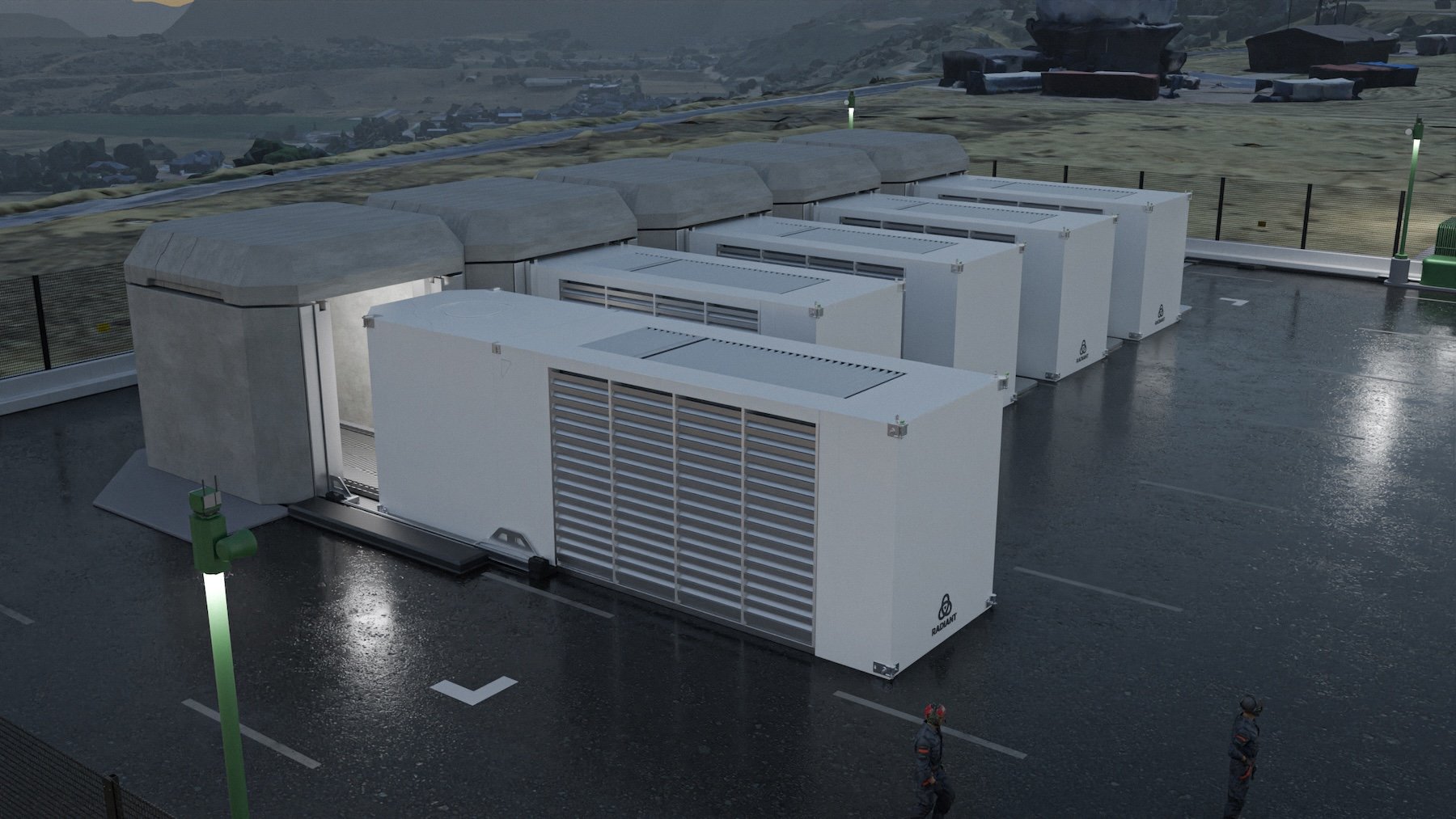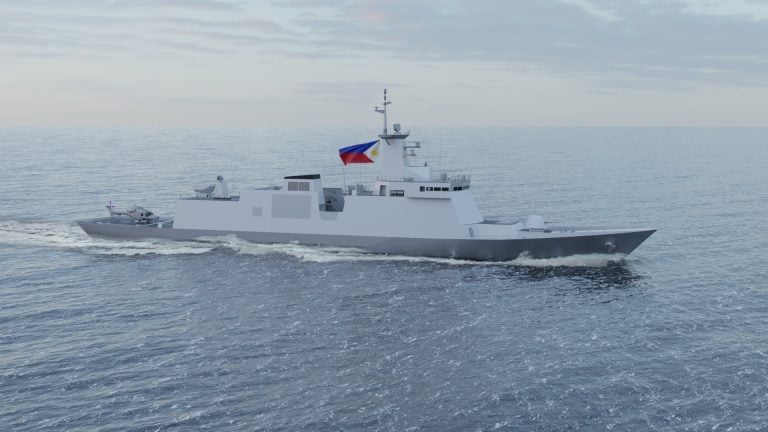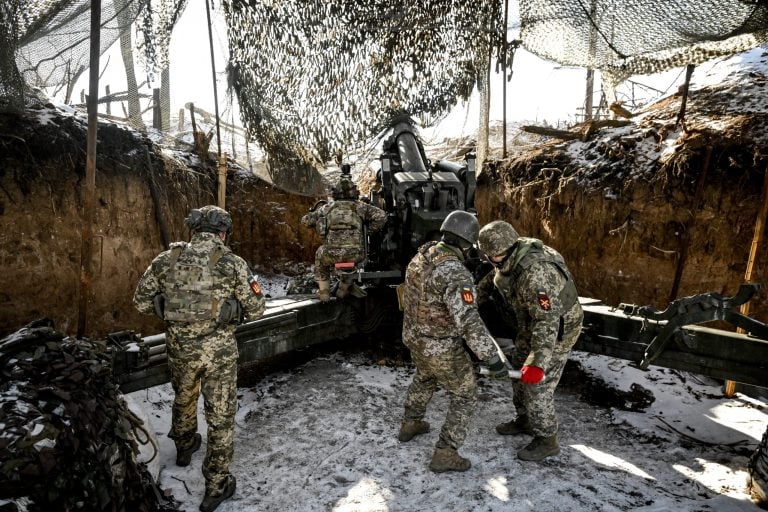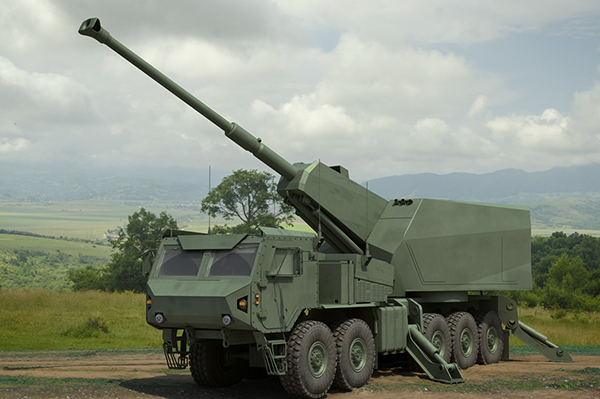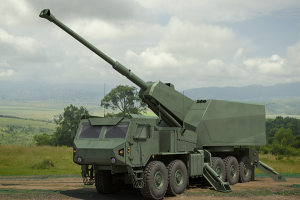A California-based power generation company has entered into an agreement to provide a nuclear microreactor for deployment at a U.S. military installation under the Advanced Nuclear Power for Installations (ANPI) program. This initiative is a collaborative effort between the Defense Innovation Unit and the U.S. Air Force, aimed at introducing portable nuclear energy solutions to enhance operational security and resilience at military bases.
The ANPI program seeks to facilitate the rapid adoption of dual-use technologies by the Pentagon, with a specific focus on microreactors. These technologies are designed to ensure safety, scalability, and to meet the needs of military personnel. The overarching goal of the initiative is to reinforce U.S. military bases both domestically and abroad, providing a strategic advantage over near-peer adversaries.
Radiant plans to deliver its Kaleidos reactor to the ANPI program within three years, with testing set to begin in 2026. This agreement comes on the heels of the U.S. Department of Energy’s selection of the Kaleidos reactor for testing next year at the Idaho National Laboratory’s Demonstration of Microreactor Experiments facility. This represents the first new U.S. reactor design to undergo testing at that facility in nearly five decades.
Kaleidos is classified as a high-temperature gas-cooled reactor capable of generating approximately 1 megawatt of electricity, which is adequate to power a small military base. It can also produce around 3 megawatts of thermal energy. Its design prioritizes mobility; the entire reactor system fits into a shipping container, making it easy to relocate between sites and ready for operation within 48 hours. Once operational, the microreactor can deliver years of cyber-secure power without the need for refueling.
Although Radiant has yet to confirm if the ANPI program will directly utilize the Kaleidos, the reactor’s design is anticipated to serve as the foundational model for the initiative.
The Kaleidos microreactor utilizes TRISO fuel, consisting of ceramic-coated uranium particles that are resistant to meltdown. Additionally, it employs helium gas for cooling, eliminating the need for water and reducing contamination risks. The reactor core is constructed with graphite blocks and a zinc-hydride moderator. A supercritical carbon dioxide Brayton cycle is integrated into the system, efficiently converting heat into electricity.
For safety, Kaleidos incorporates a passive air-jacket cooling system that naturally dissipates heat, even during emergencies. Remarkably, the reactor can shut down and cool itself within just 300 milliseconds. Each microreactor unit operates for up to five years before requiring a return to the facility for refueling. Over its 20-year operational lifespan, it can be refueled four times, generating power while leaving no waste or infrastructure in its wake.
Radiant envisions a network of hundreds of Kaleidos units operating autonomously, monitored through a centralized 24/7 control system, enhancing energy resilience and security for U.S. armed forces.
